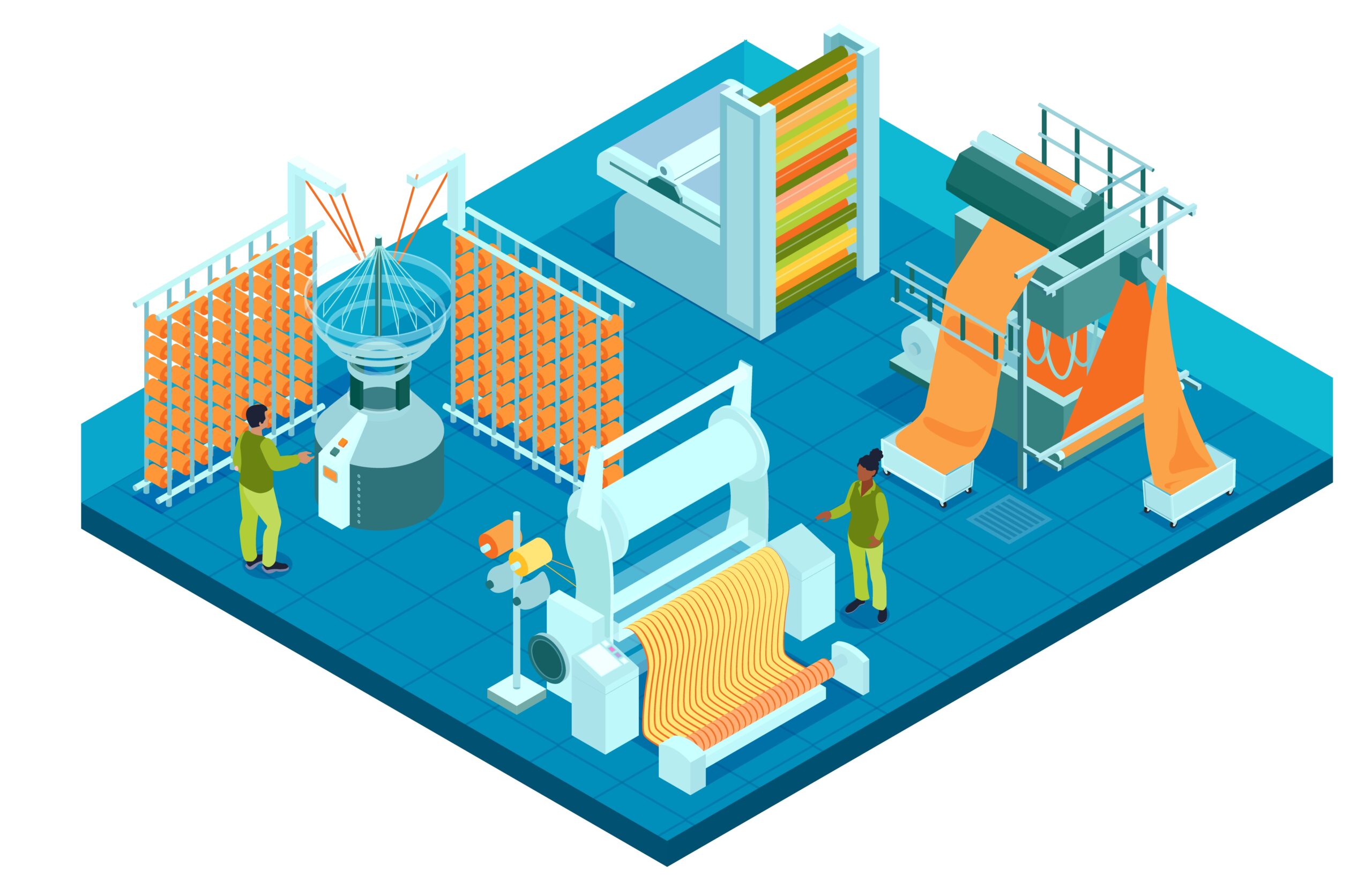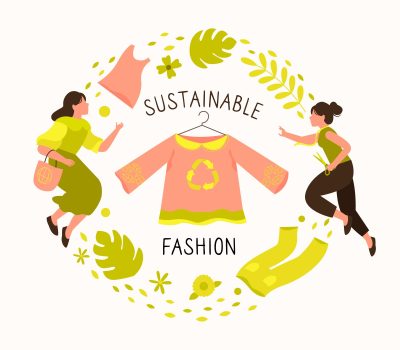Tips for Choosing the Best Apparel Management Software 2025
The textile industry is evolving rapidly, with trends like sustainable manufacturing, real-time decision-making, and global supply chain optimization reshaping operations. To stay competitive, textile manufacturers need the best apparel management software to manage everything from production to inventory and customer relationships.
However, with a wide range of solutions available, choosing the right textile ERP software can feel overwhelming. The key is to focus on tools that align with your unique business goals and offer long-term scalability.
This blog explores nine essential tips for selecting the right ERP system to help your business thrive in 2025 and beyond.
1] Understand Your Business Needs:
Every textile business has unique requirements, whether it’s managing bulk orders, handling diverse product lines, or ensuring quality consistency.
When choosing the best apparel management software make sure it aligns with your operational challenges. An ERP software for textile industry must be customizable so that it is able to support various workflows and provide modules that can be tailored to your specific needs.
This ensures that textile manufacturers can manage inventory and production processes accurately while seamlessly integrating the ERP with existing systems. This integration eliminates gaps in functionality and ensures a smooth transition.

2] Prioritize Scalability:
As your business grows, your ERP should evolve to accommodate the increased production, new customers, and expanded markets in 2025. Scalability is especially important as businesses expand their operations to meet growing market demands and explore new opportunities.
The best apparel management software must be able to adapt to a textile business’s scaling needs.
A textile ERP software offering scalability enhances operational flexibility, allowing manufacturers to increase production and sales without requiring frequent upgrades or replacements. This ensures businesses can meet growth demands efficiently.
3] Evaluate Integration Capabilities:
In the textile industry, manufacturers rely on multiple tools and systems to manage design, production, inventory, and supply chain operations. Without proper integration, these systems can create data silos and workflow inefficiencies.
The best apparel management software for 2025 should seamlessly integrate with tools like CAD software for textile design, inventory management systems, and maintenance tools such as CMMS. Integration ensures smooth data flow across departments, enhances collaboration between design, production, and sales teams, and provides a unified operational view. This allows manufacturers to optimize processes, reduce errors, and improve overall efficiency.

4] Focus on Real-Time Data Accessibility:
In 2025 the textile market is predicted to be the most competitive it has ever been, so having up-to-date information can make or break your business operations.
The best apparel management software for 2025 must provide real-time data dashboards. Textile manufacturing ERP software must allow manufacturers to monitor yarn inventory, track fabric production timelines, and check customer order statuses instantly. This capability is invaluable for making timely, informed decisions and staying ahead of market changes.
5] Check for Industry-Specific Features:
As the textile industry heads into 2025, evolving demands require ERP solutions tailored to its unique workflows.
The best apparel management software should include features designed for yarn and fabric tracking, dyeing and finishing processes, and production timeline monitoring. These industry-specific capabilities help businesses address sustainability goals and supply chain complexities effectively. A textile-focused ERP not only ensures seamless operations but also positions businesses to meet future trends as well.

6] Ensure User-Friendly Interfaces:
As businesses prepare for 2025, textile manufacturers will need apparel software solutions that simplify complex operations with intuitive interfaces.
Textile ERP should offer dashboards that are easy to navigate, minimizing training time for employees and ensuring quick adoption. User-friendly features like drag-and-drop scheduling, visual inventory tracking, and customizable reports are vital for enhancing productivity. A straightforward interface allows teams to focus on core operations rather than wrestling with complicated software, providing a competitive edge in the fast-paced textile industry.
5] Verify Vendor Support and Training:
As ERP systems evolve with new functionalities and technological advancements, robust vendor support and training become essential for businesses to adapt effectively.
The best apparel management software should come with dedicated support teams available 24/7 to address technical issues promptly. Look for vendors offering comprehensive onboarding and training resources, such as user manuals, video tutorials, and live workshops, to ensure your team can leverage the software effectively. Continuous updates and reliable customer service ensure your ERP remains aligned with changing business needs and technological advancements.

8] Focus on Cost and ROI:
In the competitive textile market, investing in ERP software requires balancing upfront costs with long-term returns—a strategic priority for 2025.
The best apparel management software should offer transparent pricing models and demonstrate measurable ROI, such as reduced waste, improved efficiency, or increased revenue. Choose software that aligns with your budget while offering features that drive cost savings, enabling your business to justify the investment and stay ahead of competitors.
9] Consider Sustainability Features:
Sustainability is set to dominate textile industry priorities in 2025. Adopting ERP software with sustainability at its core demonstrates your commitment to responsible practices, enhancing your brand reputation and attracting eco-conscious clients.
The best apparel management software should include features to track ESG compliance, reduce waste, and optimize energy usage. Tools for monitoring eco-friendly raw materials and managing recyclable packaging align with both regulatory requirements and customer preferences.

In 2025, choosing the best apparel management software is more critical than ever for textile manufacturers. The ideal ERP system can streamline operations, enhance decision-making, and help you adapt to ever-changing market demands.
By following these nine tips, you’ll be empowered to choose a solution that not only improves efficiency and reduces costs but also supports scalability and sustainability. With the right tools in place, your business can thrive, stay competitive, and lead the way in a rapidly evolving textile landscape.

